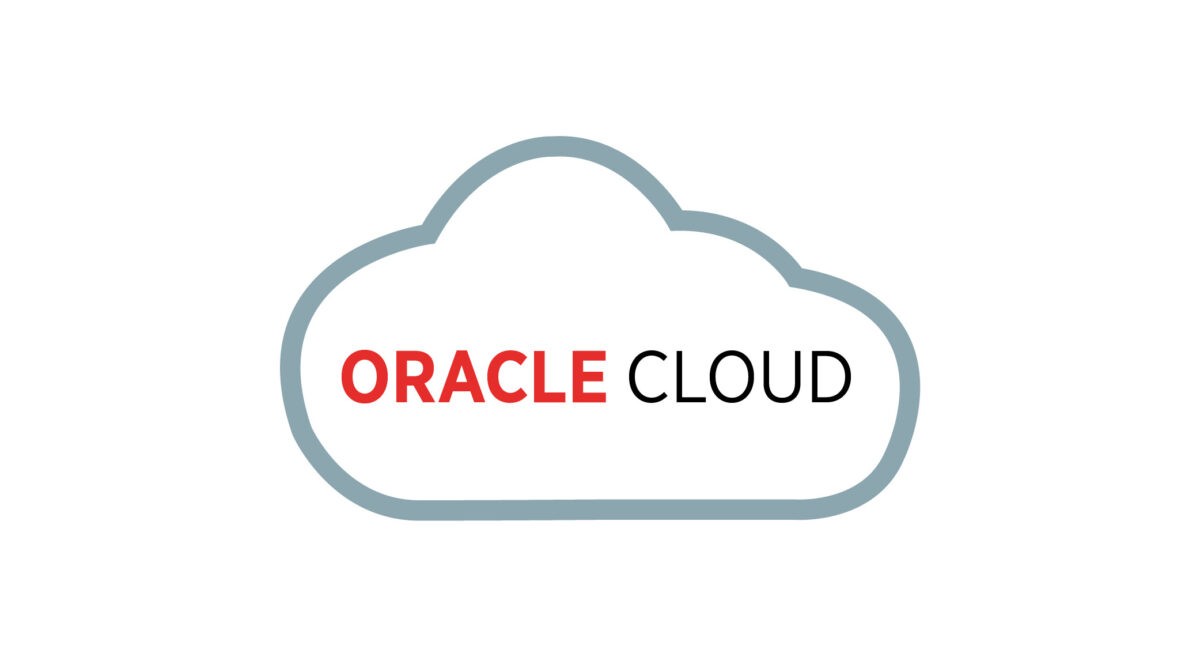Already, leading global organizations including Vodafone and Samsung Securities, rely on OCI to run all types of workloads, from micro services to AI. To bring users more value from their cloud investments, Oracle today announced that it is expanding its Oracle Cloud Infrastructure (OCI) service portfolio to provide customers with truly flexible core infrastructure services to help optimize resources to meet requirements and significantly reduce costs.
Eleven new compute, networking, and storage, services and capabilities will enable customers to run their workloads faster and more securely at lower cost. Additionally, a new Oracle Exadata Cloud@Customer capability, will further help lower costs through better infrastructure utilization, by giving the ability to add Autonomous Database to the existing deployments.
Global cloud adoption continues to expand rapidly as business models transform and the demand for secure remote technology accelerates. However, a variety of prevailing public cloud misconceptions are still holding companies back from realizing the full benefits of the cloud. For instance, one commonly held belief is that customers have to re-write their applications for the cloud and deal with complex pricing models to reap the benefits of cloud computing. Additionally, many organizations believe that a series of different technology choices have to be made as they scale their operations. With today’s announcement, OCI is providing customers with even more simplicity and flexibility so that scaling can be affordable and easy without painstaking re-writes.
New Innovations Across Compute, Networking and Storage
The 11 new OCI services and capabilities planned for 2022 include new flexible block storage volumes that automatically tune the performance characteristics in response to fluctuating demand – a first for the industry. Also being introduced are new compute options for most workloads, from a fractional single-core VM that can burst to full-core performance, to an entire HPC cluster with high-speed interconnects.
“OCI continues to break the rules in the cloud, helping customers run their workloads faster, more securely, and more economically,” said Clay Magouyrk, executive vice president, Oracle Cloud Infrastructure. “Customers can build cloud native apps on OCI with support for open, standards-based Kubernetes, while AI and high-performance computing customers can build some of the fastest computing clusters in the cloud.”
“With the breadth of customers that we have and the different workloads they’re running on OCI, they are counting on Oracle to take the complexity out of mission critical activities,” said Chris Chelliah, Senior Vice President Customer Strategy, Oracle Japan and Asia Pacific. “They need to be able to run different kinds of workloads, without having to assemble a myriad of different services or re-platform applications. What we are bringing across compute, storage and networking, and the new Exadata C@C capability is flexibility, while continuing to deliver the best possible price performance.”
“OCI has enabled us to increase the number of Monte Carlo simulations we are able to run by 25 percent,” said Ian Brunton, Application Development Group Leader, Oracle Red Bull Racing. “By leveraging a modern technology stack, utilising the power and flexibility of Kubernetes, we can scale up our simulation platform whilst keeping costs within the tight spending regulations defined by the sport.”
“The promise of the cloud has always been paying for only what you need, but customers continue to over-provision due to rigid configuration options in most cloud platforms,” said Dave McCarthy, research vice president, Cloud and Edge Infrastructure Services, IDC. “OCI has made significant strides to address this problem by introducing new flexible compute, storage, and network infrastructure services over the last year. OCI customers can reduce costs by more accurately matching consumption to demand.”
Multiple-VM Autonomous Database on Oracle Exadata Cloud@Customer
With Multiple-VM Autonomous Database on Oracle Exadata Cloud@Customer organizations have the flexibility to now create and run isolated, highly available Autonomous Database instances on a cluster of virtual machines concurrently with other Oracle Databases. The VM clusters allow customers to add Autonomous Database to their existing Exadata Cloud@Customer deployment, lowering the cost through better infrastructure utilization and delivering a complete set of capabilities to support all modern data types, workloads, and development styles, simplifying the development and operation of applications.
“We are focused on solving difficult data management problems that make modern applications and analytics hard to develop and run,” said Juan Loaiza, executive vice president, Mission Critical Database Technologies, Oracle. “With Multiple-VM Autonomous Database clusters on the same Exadata Cloud@Customer infrastructure, customers can easily develop new, cloud-native applications and upgrade existing databases to Autonomous Database when the databases, applications, and processes are ready.”
Multiple-VM Autonomous Database is available at no charge via an over the air update for existing Exadata Cloud@Customer customers.



















